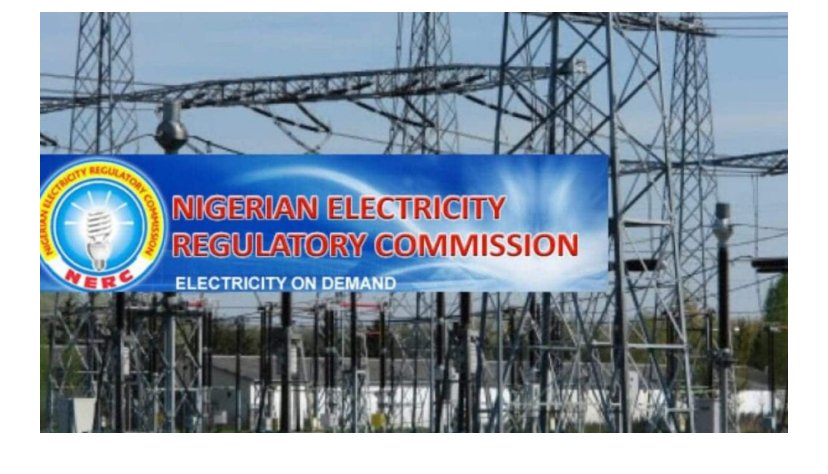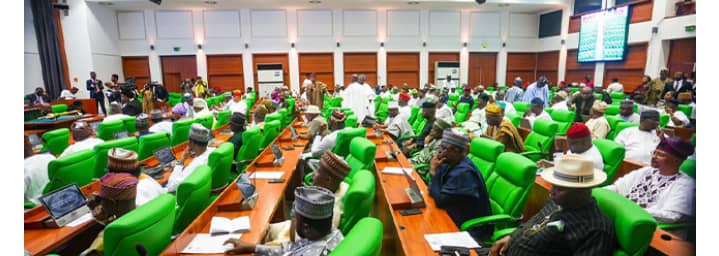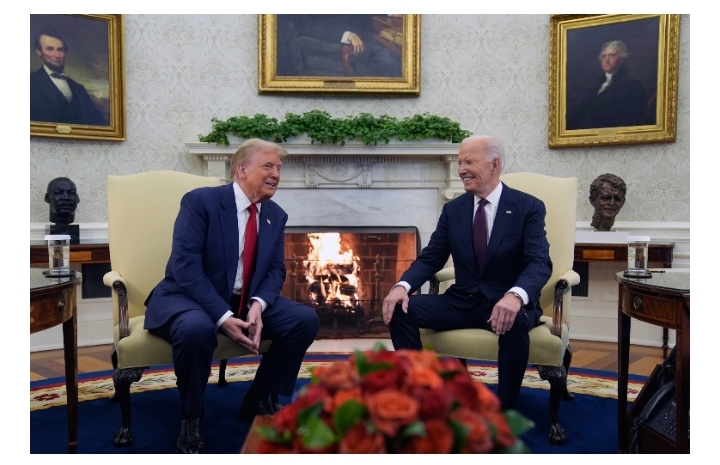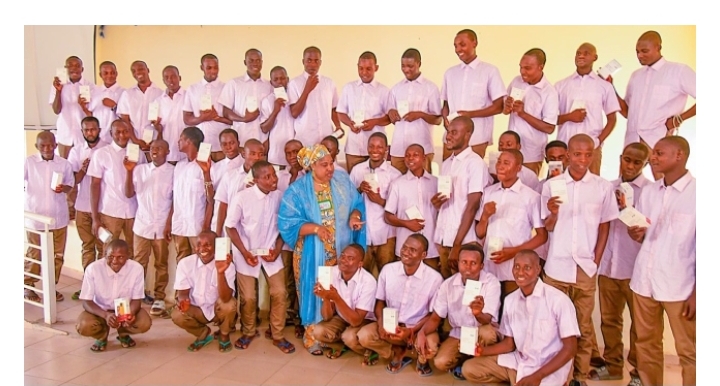Nigeria’s Electricity Subsidy Burden: A 220% Increase in Just One Year
The electricity tariff subsidy in Nigeria has skyrocketed by 219.67% in just one year, from ₦610 billion in 2023 to ₦1.94 trillion in 2024. This staggering increase has raised concerns about the sustainability of the subsidy regime, despite the recent tariff hike in April 2024.
According to the Nigerian Electricity Regulatory Commission (NERC), the subsidy figures rose due to the floating of the naira by President Bola Tinubu in June 2024 and the removal of fuel subsidies, which led to high inflation rates. The commission noted that the Federal Government incurred a total electricity tariff subsidy of ₦1.94 trillion in 2024 to cover the shortfall between the cost-reflective tariffs and the actual tariffs approved for customers.
The Federal Government’s subsidy obligation is largely attributable to its policy to freeze allowed tariffs paid by customers despite the increase in cost-reflective tariffs. Unfortunately, the government only paid ₦371.34 million out of the ₦1.94 trillion subsidy obligation for 2024, leaving a significant gap in funding.
The significant increase in electricity subsidy burden raises questions about the sustainability of the current regime. As the government continues to grapple with the challenges of providing affordable electricity to Nigerians, it is essential to explore innovative solutions that balance the need for subsidy support with fiscal prudence.






